
Houseplants are a great way to enhance any living environment. Besides looking gorgeous, they have proven health benefits, such as cleaning the air of toxins, reducing stress levels, and improving sleep quality. However, it’s important to know that some common plant varieties that are praised for their easy care and beautiful looks happen to be hazardous for small children and pets.
It’s always advisable to keep plants out of reach for kids and pets, who can knock them over or taste them. But it’s not always possible to prevent accidental encounters. If this is a relevant concern for you, it’s important to be aware of the varieties that are toxic and re-adjust your buy list. If you already own them, place them in a more appropriate location. Read on to find out about 9 common yet dangerous houseplants.
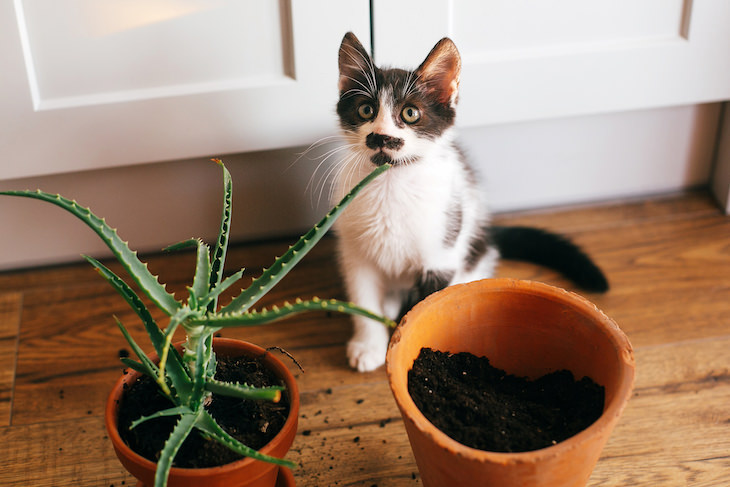
This succulent is a crowd favorite. It is both a beautiful addition to your interior and a natural remedy that can soothe skin that is sunburned, frostbitten, or prone to psoriasis when applied topically. That’s because Aloe vera contains anti-inflammatory chemical compounds called anthraquinones. However, those same compounds can backfire when ingested.
Anthraquinones increase mucus and water in the colon, making them moderately toxic to dogs, cats, and humans. If your pet or child ingests aloe, it could lead to vomiting, lethargy, and diarrhea.

The lacy-looking asparagus fern (also called emerald feather and lace fern) is undoubtedly a beauty to behold, but make sure you keep it out of reach of pets or small children. The toxic agent found here is sapogenin - a chemical that protects various plants against hostile organisms.
Contact with the sap of asparagus fern can cause itching and rashes, while its berries can lead to vomiting, diarrhea, and abdominal pain when ingested.
Related: 14 Common Plants That Are Toxic for Your Pets

Philodendron is one the most popular houseplants, as it's easy to take care of and lovely to look at. While it is often the perfect complement to the room, it’s important to know that all varieties of this plant contain calcium oxalate crystals, which are toxic to humans and animals.
When humans and children ingest philodendron, they usually only experience mild side effects: irritation of the mouth and swelling of the mouth and digestive tract. In rare cases, ingestion of large amounts could lead to hyperventilation, vomiting, and swelling of the pharynx (the tubes going down from the throat to the stomach and lungs). Treatment includes milk or water to rinse out the mouth.
To avoid such mishaps, it’s very important to keep vining philodendrons hung well out of reach of children or pets and to keep tendrils and leaves trimmed. Non-vining plants should be kept on high window sills or shelves.

Mistletoe hardly relates to danger in most people’s minds. Rather, it reminds us of the holiday season and the pleasant feelings associated with it. While one is unlikely to grow mistletoe at home year-round, it is important to be aware of the danger it holds for cats, dogs, and humans alike.
Mistletoe berries contain polysaccharides, alkaloids, and lectins, which can give your pets gastrointestinal distress when eaten in small quantities. Consumed in larger amounts, they can cause seizures and even death. In humans, mistletoe can cause digestive issues, as well as hallucinations and rashes, if the berry juice comes in contact with the skin.
General advice on avoiding the risk of mistletoe poisoning is to remove all berries from your festive decorations and place them at a height out of reach for pets and kids.
Related: 6 Extremely Poisonous Plants People Confuse for Food
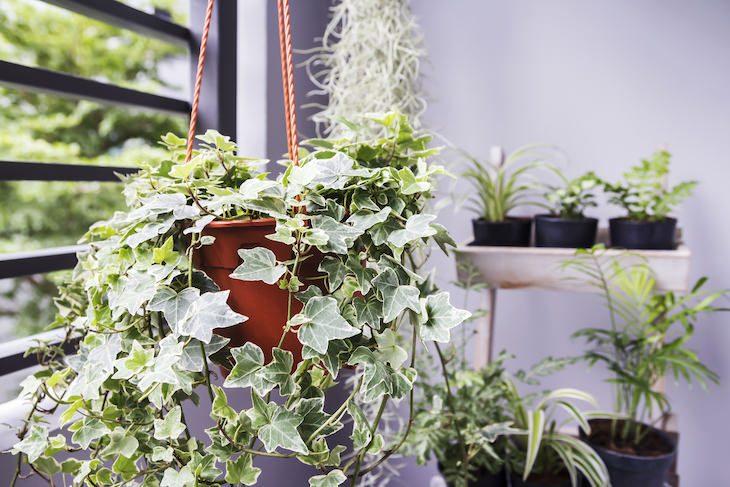
Ivy, often referred to as English ivy, can make any stone or brick wall become a charming sight, as it can climb and cover it with beautiful leaves. Indoors, ivy is usually hung from baskets as a cascading showpiece. The upside of this romantic-looking plant is that it removes air-borne fecal particles from the air, which makes it an asset for homes with pets.
That being said, ivy can be harmful to your furry pals and yourself. It contains several toxins, such as saponins and falcarinol. In humans, ivy can cause severe skin irritation. Ingestion can cause burning in the mouth and throat, stupor, convulsions, fever, and rash. Usually, symptoms are only severe if large amounts of the plant are eaten. In pets, ingesting ivy can lead to diarrhea, hyperactivity, gasping breaths, and weakness.
If you’re looking for a safer alternative to English ivy, Swedish ivy would be an excellent choice. It grows in a very similar way, cascading from hanging baskets or trailing down from shelves.
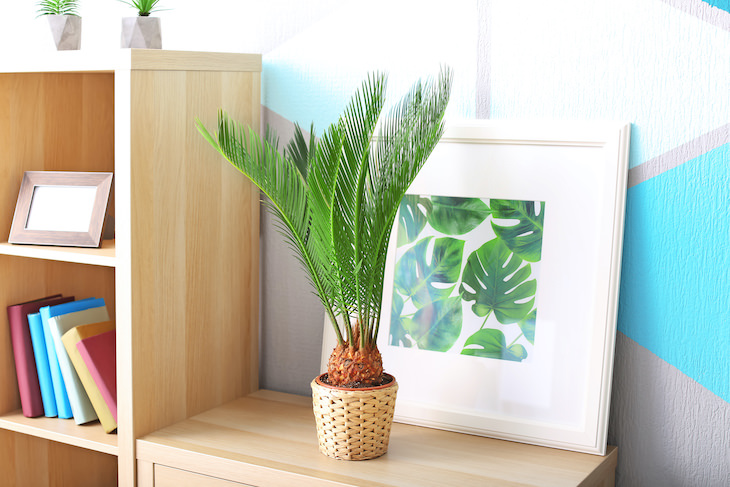
The Sago Palm is a stunning tropical plant that can bring an exotic feel to your home. But ingesting it could lead to dire outcomes for both humans and pets. Sago palms contain three toxins, most significantly cycasin, which can lead to vomiting, paralysis, seizures, coma, increased thirst, yellowing of the skin, and bruising. When ingested, this plant will typically lead to liver damage and even death. The highest concentration of cycasin is found in the seeds, but all parts of the plant are poisonous.
It is absolutely imperative to seek professional help from a doctor or veterinarian if you suspect any person or pet in your home ingested any part of a Sago palm. Needless to say, this isn’t a plant to mess with. If this information got you worried, you could opt for an artificial version or the similar-looking but toxin-free Areca Palm.
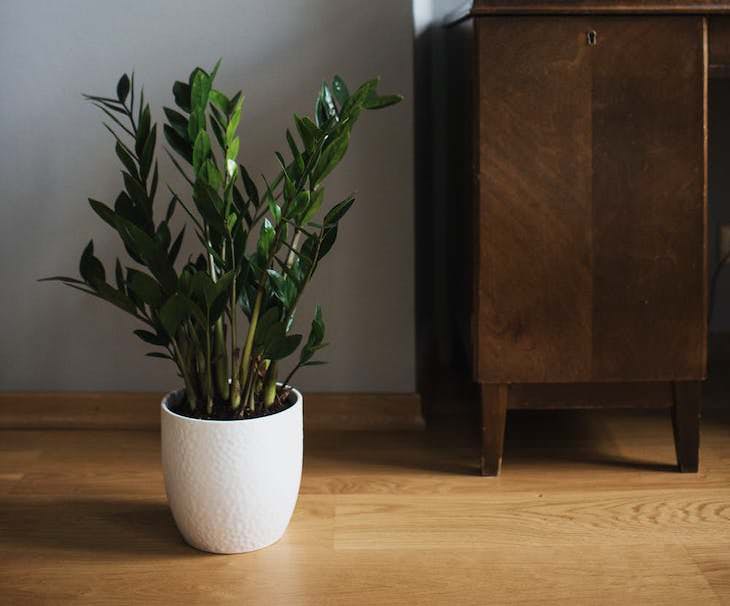
The zamioculcas zamiifolia, more commonly known as the ZZ plant, is a popular choice for those new to growing houseplants. It isn’t fussy, thrives despite neglect, and will brighten up any dark corner. Although the ZZ plant is good at filtering toxins from the air, it also contains toxins of its own, namely calcium oxalate crystals.
One would have to ingest large amounts of the ZZ plant for it to cause serious damage. The most likely unpleasant side effect would come from contact with the sap, which can cause skin redness or swelling. It would be wise to handle the plant wearing gloves if you’re pruning or re-potting it. At the very least, wash your hands after touching it to prevent the sap on your skin from making its way to your mouth or eyes. To learn about other houseplants that are both easy to care for and safe, take a look at our previous article 10 Pretty Houseplants That Are Nearly Impossible to Kill.
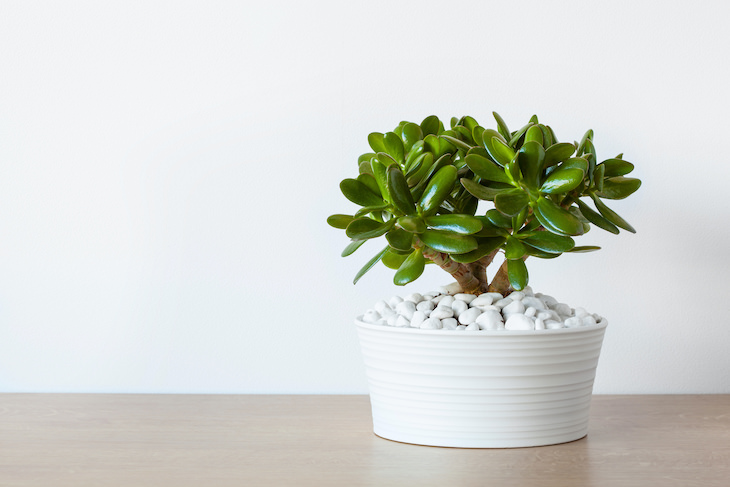
The jade plant is considered a mystery in the toxic plant world. No one is quite scientifically sure why this beautiful succulent is poisonous for cats and dogs. Symptoms of Jade plant poisoning include vomiting, diarrhea, and excessive drooling. Your pets may also show signs of lethargy, depression, and weakness. The symptoms can range from mild to severe, depending on the quantity of the plant ingested.
On the brighter side, the Jade plant is only mildly poisonous for humans and will only cause passing digestive symptoms.
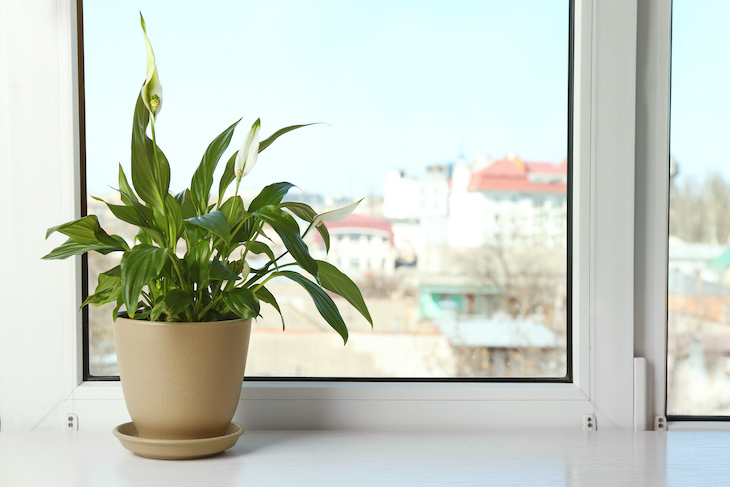
Despite its name, the peace lily isn’t a member of the Liliaceae family, and therefore not a ‘true lily.’ It is commonly kept as a houseplant because of its elegant white flowers and ability to thrive in low lighting.
Like the ZZ plant, peace lilies contain calcium oxalate crystals. These tiny needle-like substances will irritate the lips, tongue, mouth, and throat if ingested, causing unpleasant but not typically dangerous symptoms. If the liquid contained within the plant's stems comes into contact with the skin, then the microscopic needles can cause irritation, redness, or swelling.
In pets, ingesting peace lily parts could lead to excessive salivation, dehydration, lack of appetite, and vomiting. If left untreated, peace-lily poisoning could lead to renal failure in pets. This is another plant you better stash way high up!
Share this information with those who love plants